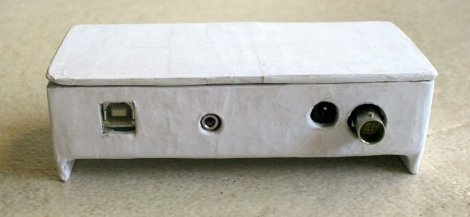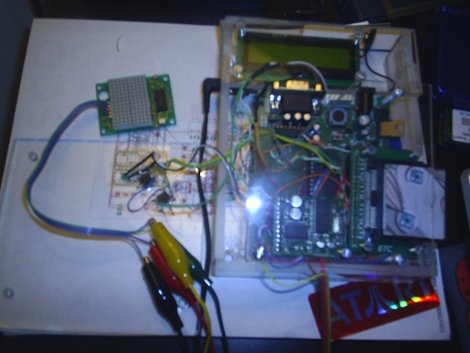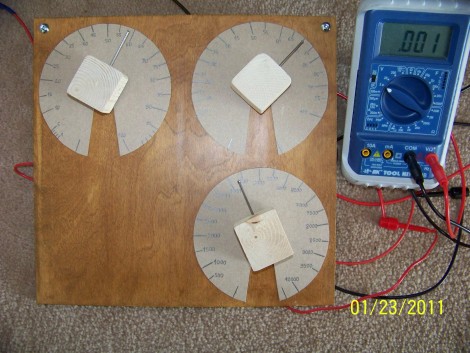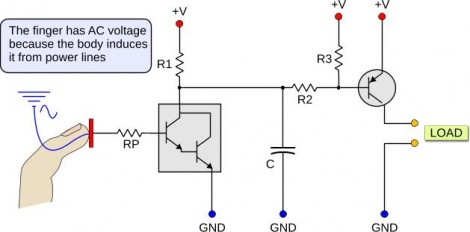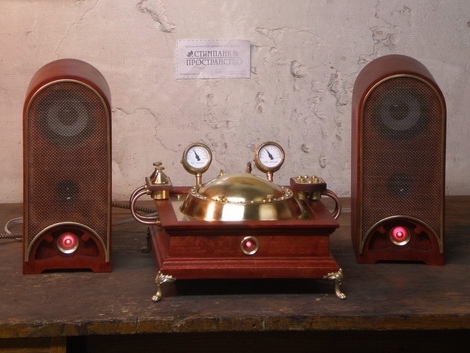
This custom CD-player enclosure may not be your style, but you can’t deny that the fabrication techniques are top-notch (translated). This starts with a portable CD player and a set of amplified speakers. A brass plate serves as the base for the electronics, with the CD player internals mounted from the underside. The brass dome that covers the spinning disk also started as a sheet of metal, with quite a bit of work (translated) going into shaping and smoothing to achieve these results. The base and speaker boxes exhibit some fine woodworking, and there’s even additional electronics for lights, control buttons, and to drive the two analog meters. A lot of thought went into each component of this build and that’s how you put together a masterpiece.
[Thanks Polossatik]

